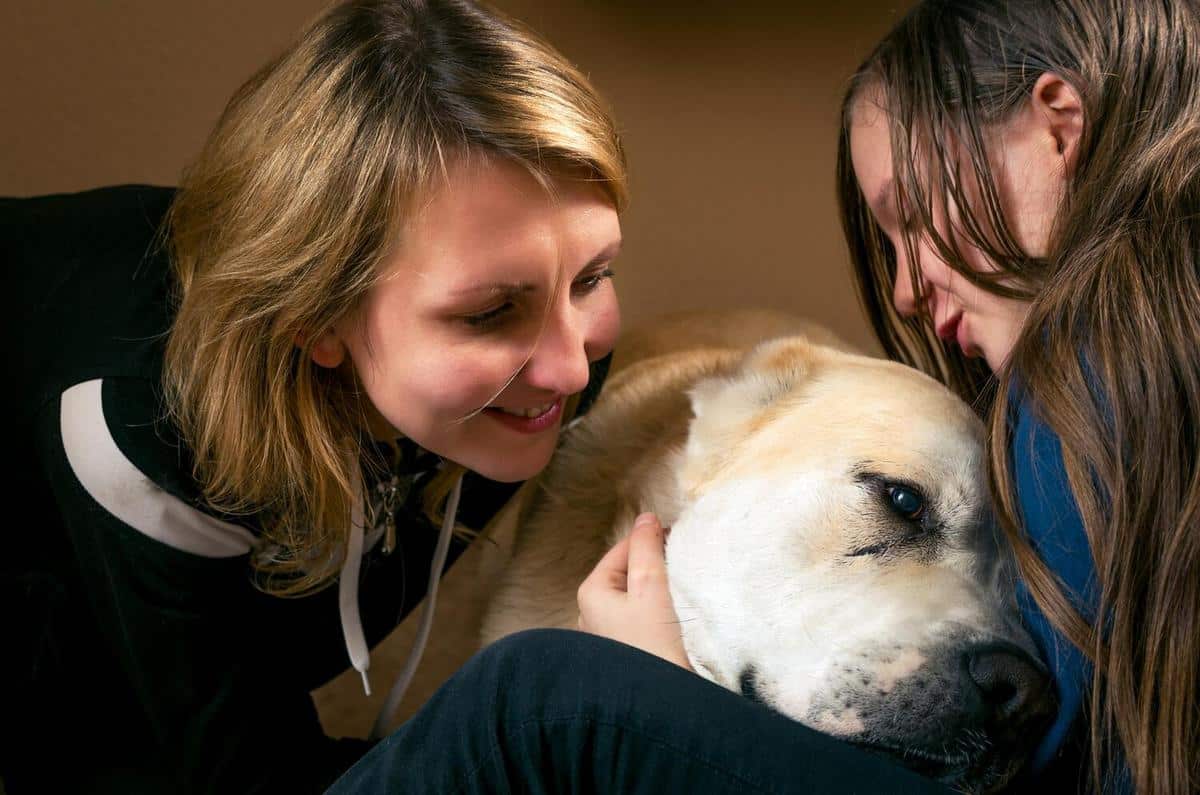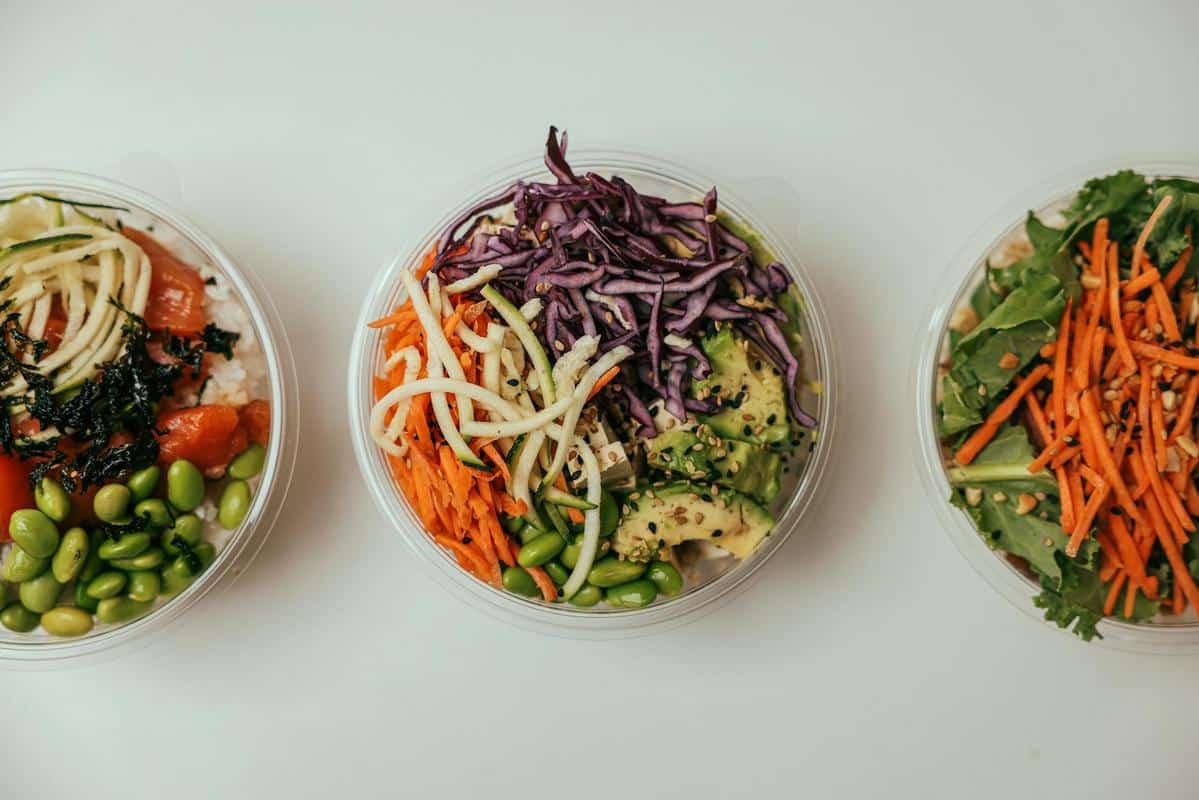
How to Transition Your Pet to a New Diet Safely
Switching your pet to a new diet can feel daunting, but with the right approach, it can be a smooth and beneficial transition for both you and your furry friend.
Transitioning your pet to a new diet is an important process that requires careful planning and consideration. Whether you’re switching due to health concerns, dietary preferences, or simply exploring new options, it’s crucial to make the change gradually and safely. In this article, we’ll explore expert advice, share actionable tips, and provide resources to ensure a successful dietary transition for your pet.
Understanding the Need for Dietary Change
There are various reasons you might consider changing your pet’s diet. Some common motivations include addressing allergies, managing weight, or introducing higher quality nutrition. According to veterinarians, a diet change can significantly impact your pet’s overall health and well-being. As Dr. Karen Becker, a renowned veterinarian, suggests, ‘A gradual transition is key to avoiding digestive upset and ensuring your pet’s body adapts smoothly to new food textures and nutrients.’
Steps to Transition Your Pet Safely
Changing your pet’s diet should be a gradual process over a period of 7 to 10 days. Here’s a simple table to guide you through the transition:
| Day | Old Food (%) | New Food (%) |
|---|---|---|
| 1-2 | 75% | 25% |
| 3-4 | 50% | 50% |
| 5-6 | 25% | 75% |
| 7+ | 0% | 100% |
Monitor Your Pet’s Reaction
During the transition, it’s important to monitor your pet for any signs of digestive upset, such as diarrhea or vomiting. If symptoms persist, consult your veterinarian. Each pet is unique, and some may require a longer transition period.
Pro Tip: Always keep fresh water available, as changes in diet can affect your pet’s hydration needs.
Incorporating New Nutrients
When introducing a new diet, ensure it meets your pet’s nutritional requirements. Look for foods rich in essential vitamins and minerals. You can refer to reputable pet nutrition websites for guidance. Additionally, consult with your veterinarian to make informed choices.
Frequently Asked Questions
How do I know if my pet is allergic to the new food?
Watch for symptoms like itching, redness, or digestive issues. Consult your vet if you notice any unusual behavior.
Can I switch my pet’s diet to raw food?
Raw diets can be beneficial but require careful planning to ensure nutritional balance. Consult a veterinary nutritionist for advice.
What if my pet refuses to eat the new food?
Try mixing small amounts of the new food with their favorite treats or warm water to enhance flavor and palatability.
Conclusion
Transitioning your pet to a new diet is a journey that requires patience and diligence. By following the steps outlined above and consulting with professionals, you can ensure a smooth transition that promotes your pet’s health and happiness. Remember, every pet is unique, so tailor your approach to suit their individual needs. For more information on pet nutrition and diet options, explore reliable resources and engage with pet nutrition communities online.


